German and Italian unification
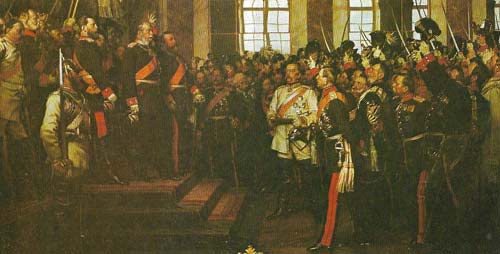
Figure 1. Kaiser Wilhelm I of Prussia was acclaimed German Emperor at Versailles in 1871. He called it "The unhappiest day of my life"; he had wanted the less democratic title "Emperor of Germany" and left the room without glancing at the architect of the new Germany, Bismarck. Bismarck (center) had crushed all opposition to German reunification by "blood and iron". It was his skill and vision that had created Germany; as Chancellor until 1890 he moulded its institutions and laboured to make it inviolable. Von Moltke (1800–1891) (on Bismarck's left), chief of the Prussian General Staff, was the strategist of the triumphs against Austria and France.
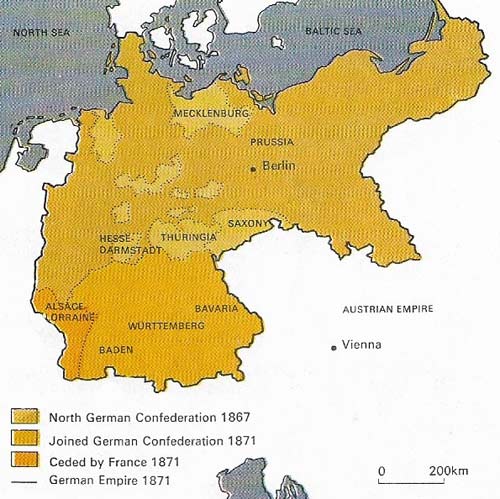
Figure 2. A potpourri of 39 states, the German Confederation, was united in the customs-free Zollverein in 1844. The Confederation was further extended by the Austro-Prussian War of 1866. Thuringia and Mecklenburg sided with Prussia, and joined; Hesse-Darmstadt and Saxony were annexed on Austria's defeat.
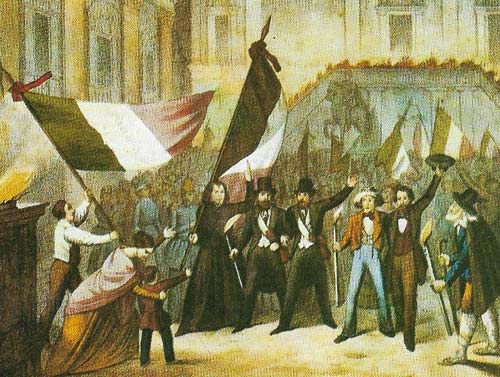
Figure 3. Mazzini's proclamation of a Roman Republic in 1849 left a legend of heroism to Italy. Giuseppe Mazzini (1805–1872) had founded "Young Italy" to lead his countrymen towards democracy without outside help or compromise, and dreamed of a state that would "evoke the soul of Italy".
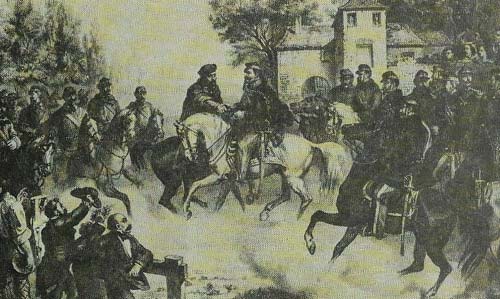
Figure 4. At a historic meeting in 1860 on the Naples road, Garibaldi gave to Victor Emmanuel the gift, in effect, of a unified nation – in exchange he took a sack of seed corn.
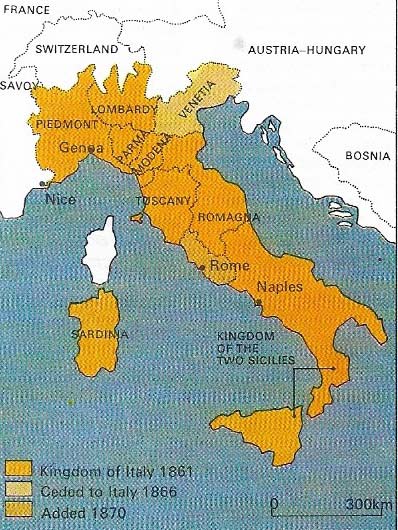
Figure 5. Although Italy was united by 1870, political and economic development was uneven. Despite Garibaldi's dramatic exploits, southern Italy remained backward compared with Piedmont.
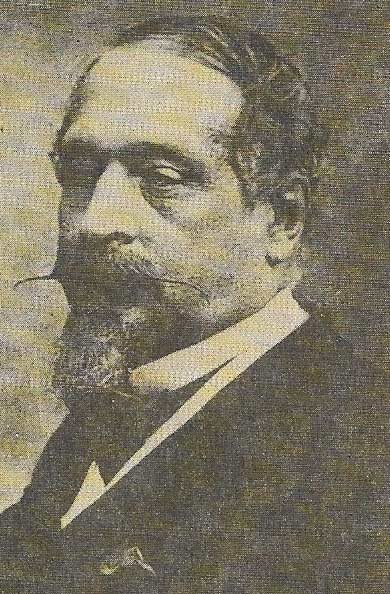
Figure 6. Napoleon III, Emperor of France, was exploited and outwitted first by Cavour, then Bismarck, in the unification of Italy and Germany. By offering help to Cavour, he hoped to gain Savoy and Nice and create a week client state. In the event he almost missed his reward and saw the creation of a unified Italy. He was out-manoeuvred by Bismarck, realising the threat too late, after Prussia had defeated Austria. By staking his authority on an attempt to force Bismarck to give up any future plans to put a Hohenzollern on the Spanish throne, he led France into the war with Prussia that brought his own empire to an end.
Italy and Germany were created in spite of limited popular support, strong communal loyalties to existing units and the proximity of two powers whose interests were endangered by their emergence as strong nations – the Austrian Hapsburg Empire and France. The new nations were the fruit of the ambitions of their strongest components, Piedmont and Prussia, and of the outstanding practitioners of the new Realpolitik, Camillo Cavour and Prince Otto von Bismarck.
The birth of modern Italy
As Prime Minister of Piedmont from 1852, Cavour (1810–1861) built up his state as a magnet to attract the rest of Italy. He made the new parliamentary democracy work, encouraged up-to-date agriculture and industry and linked the Piedmontese economy to that of Europe through a railway network and the modernized port of Genoa. He created a fair legal system and an efficient bureaucracy. With a competent small army and a king, Victor Emmanuel (1820–1878), known to be a genuine Italian patriot, Piedmont became the focus of national hopes.
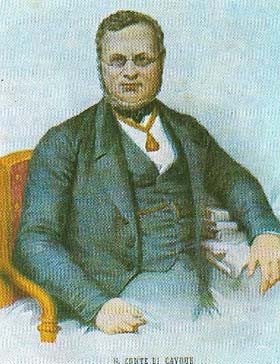 |
|
Camilo Cavour was never able to inspire the sense of moral crusade that was brought to the Risorgimento by Mazzini and Garibaldi. But he understood the politics, grasped the international context and had the skill to exploit the possibilities, without the exertion of his skill Italy could not have been unified. |
Outside help was vital to drive out the Austrians. France became a pawn in Cavour's game. In the Pact of Plombibres (1858), Louis Napoleon – the French Emperor Napoleon III (1808–1873) – promised him help in a future war. Cavour engineered an attack against Piedmont by Austria in 1859 and French troops were sent in. After triumphs at Magenta and Solferino, Louis Napoleon had second thoughts and withdrew his support from Cavour, but his help had been decisive. In the excitement of the victories, Parma, Modena, Tuscany and the Romagna demanded amalgamation with Piedmont. In return for the acquisition of Nice and Savoy, Napoleon backed plebiscites in Emilia and Tuscany and Cavour won an overwhelming majority in favor of the formation of a north Italian kingdom.
Matters might have rested there but for Giuseppe Garibaldi (1807–1882). When the Sicilians rose in revolt against Naples in 1860, Garibaldi and 1,000 men went to their help. Within weeks, the Neapolitan army had been swept out of Sicily and Garibaldi marched in triumph through Naples itself. Rome was his next objective. But if Garibaldi – attacked Rome then France and Austria might intervene to defend the pope, so Cavour sent a Piedmontese army to forestall any further advance. Garibaldi, in a dramatic gesture, gave up the south to Piedmont (Figure 4).
Only two areas of Italy now remained unintegrated. Venetia was held by Austria and Rome and its surrounding territories were held by the pope and a garrison of French troops. In 1866, Victor Emmanuel joined Prussia in the Austro-Prussian war and was given Venetia. In 1870, France withdrew her troops from Rome to fight the Prussians and Victor Emmanuel became king of a united Italy (Figure 5).
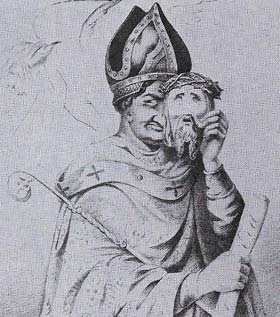 |
|
This caricature of Pope Prius IX expresses the disappointment felt at his failure to support liberalism consistently. As papal lands were lost, he increased the spiritual claims of the Holy See. In 1864 he condemned contemporary political doctrines and in 1870 went on to proclaim papal infallibility. |
Prussia and the "Iron Chancellor"
In northern Europe Bismarck (1815–1898) had become Chancellor of Prussia in 1862, where he was faced with a Liberal majority hostile to his aims. But he managed to manipulate them and finally gain their support for unification and his policy of Realpolitik. Together, the customs union, or Zollverein (Figure 2), and the growth of railways had already removed most natural and artificial impediments to German integration and prosperity. Bismarck was determined to remove Austrian influence and unite Germany, and despite opposition in the Catholic south to the dominance of Protestant Prussia, in three wars he succeeded.
Bismarck's diplomatic skill ensured that each war was fought against an isolated opponent. In the Danish war of 1864, he fought ostensibly to free the two German-speaking duchies of Schleswig and Holstein from Danish control. But by setting up a joint control of the duchies with Austria, the principal obstacle to German unification, he created an ideal situation for picking a quarrel with her.
The time was ripe in 1866. France's neutrality had been bought by vague promises of territorial concessions and Louis Napoleon had no time to realize his mistake (Fig 6). In a war lasting only seven weeks, the Austrian army was smashed at Sadowa. In 1867, Prussia dominated a north German confederation. A southern confederation was set up, bill without Austria.
France realized too late the emerging danger on her eastern frontier. Vital reforms to her army had come too late and Louis Napoleon was outmaneuvered by Bismarck in a diplomatic game over rival candidates for the throne of Spain. The hysterical reaction in both countries to the candidature of a nephew of the Hohenzollern king of Prussia provoked France to declare war on Prussia in July 1870. On 1 September, the French army capitulated at Sedan and all resistance collapsed by January 1871.
A wave of enthusiasm swept the south German states for unity with the north. On 18 January 1871, Wilhelm I, King of Prussia, was proclaimed German Emperor (Figure 1).
Death of a dream
Before 1848, Italian and German nationalists had dreamed of new states that would free their citizens, release their stifled talents and regenerate Europe. The new states of 1871 were created at a price. Liberalism was sacrificed to nationalism; cynicism opportunism and violence had triumphed – not idealism and liberty.
